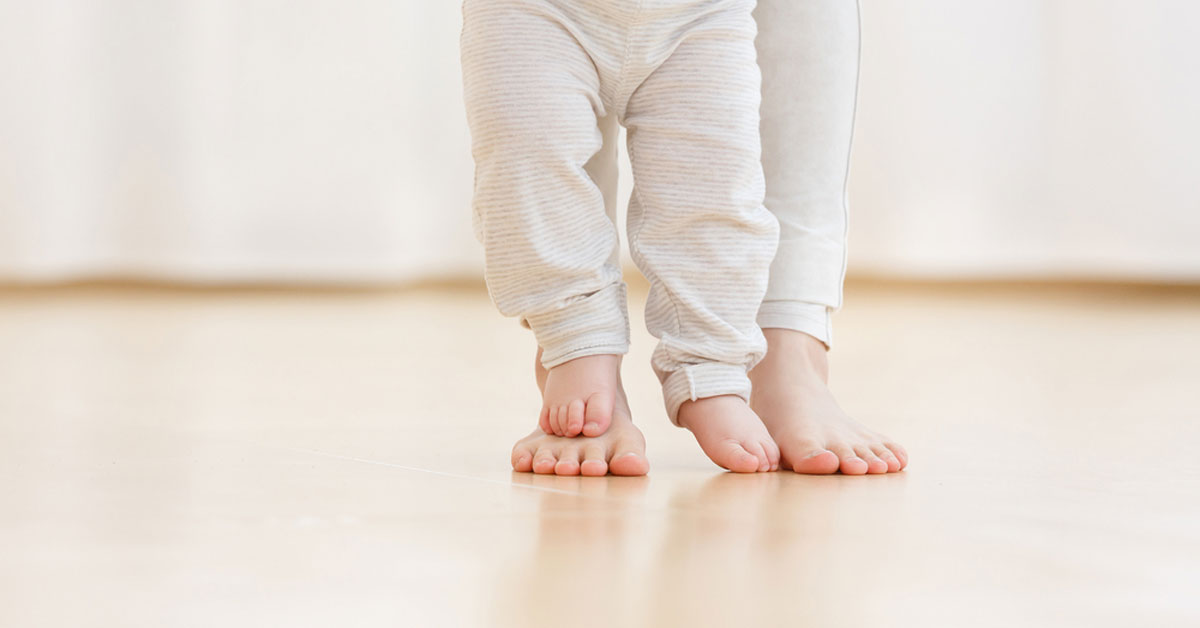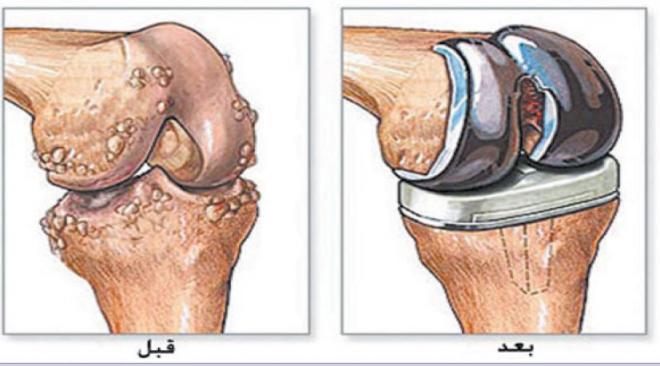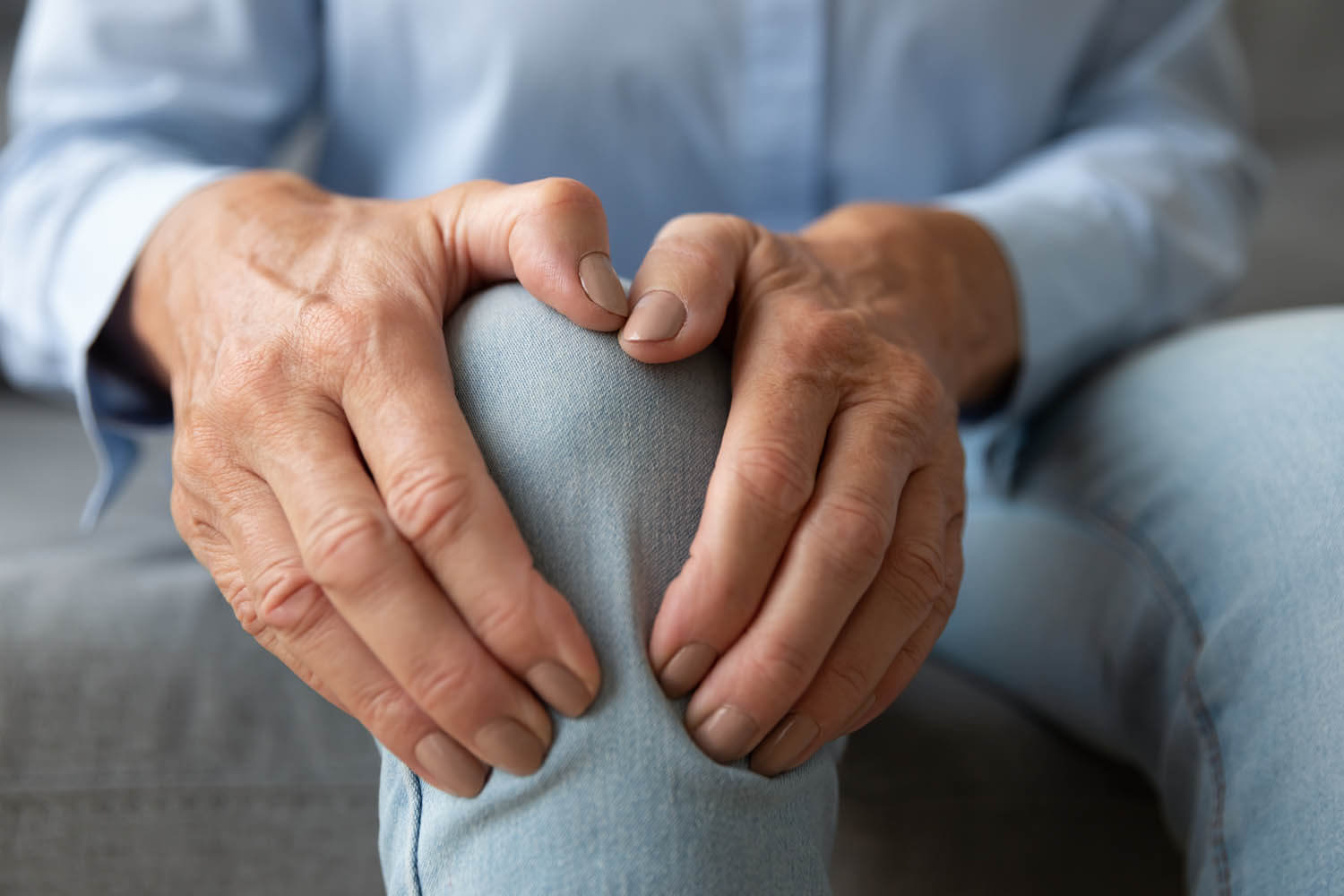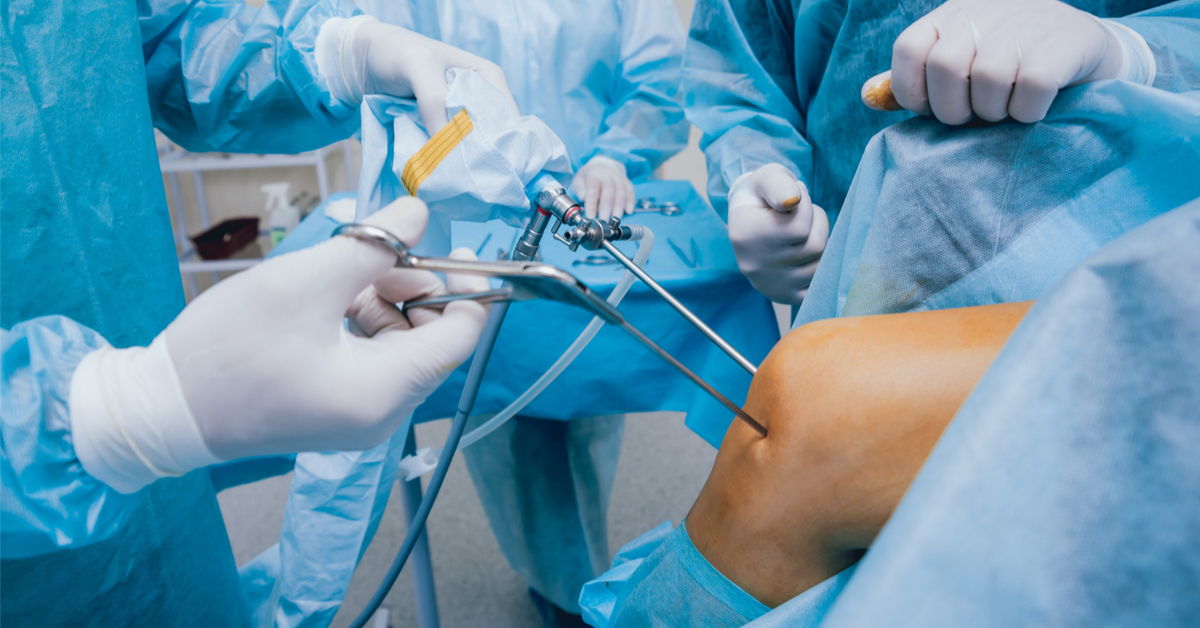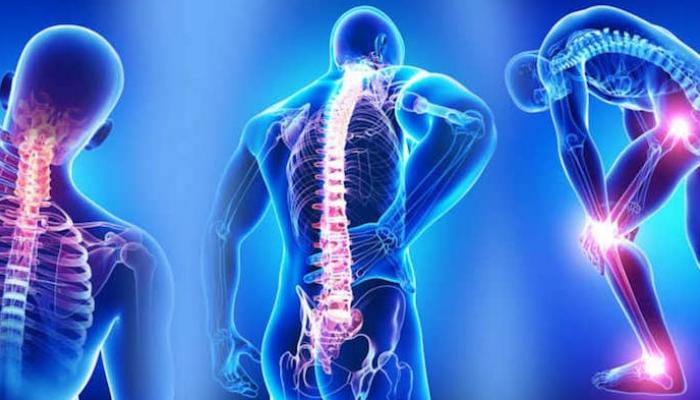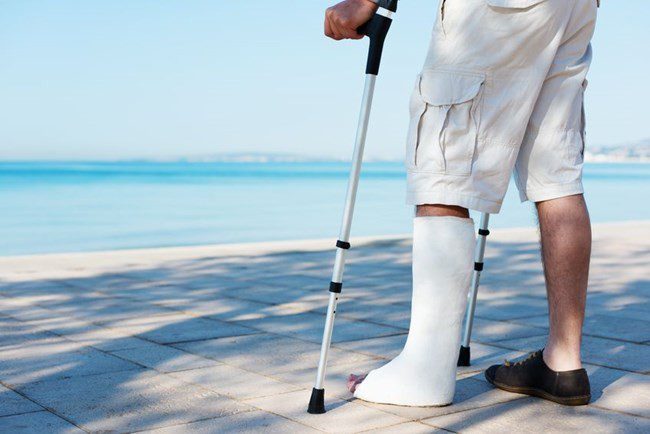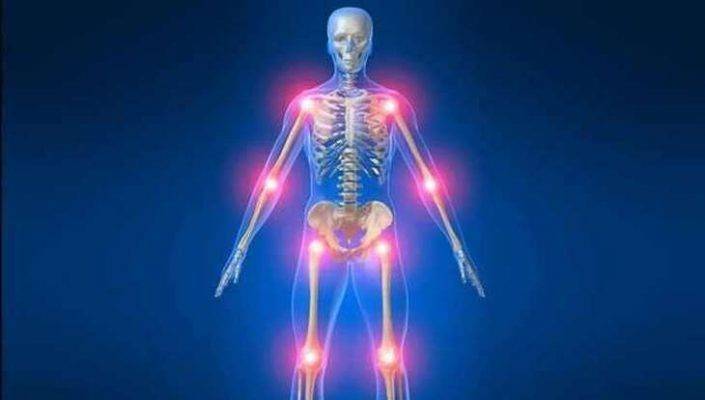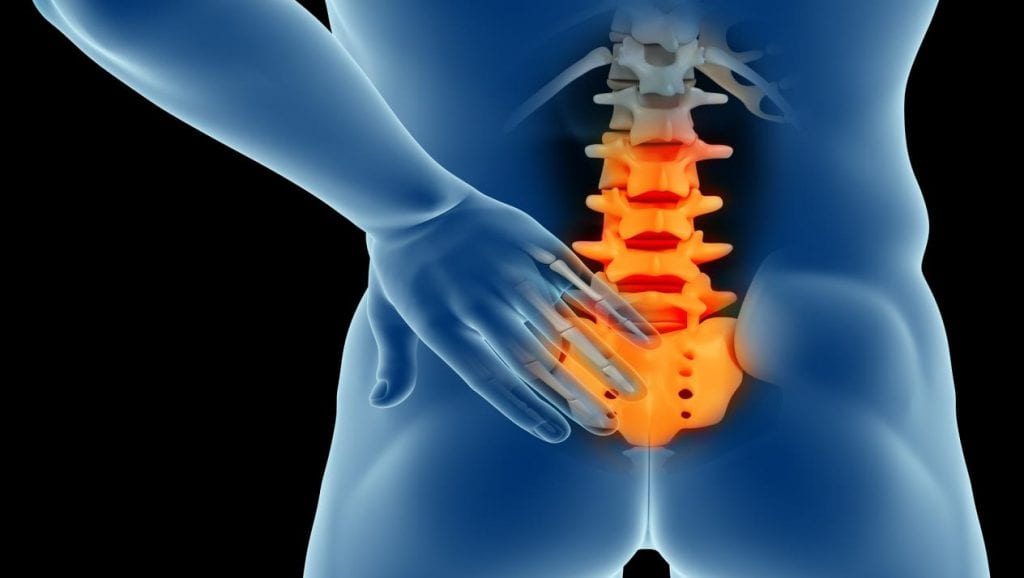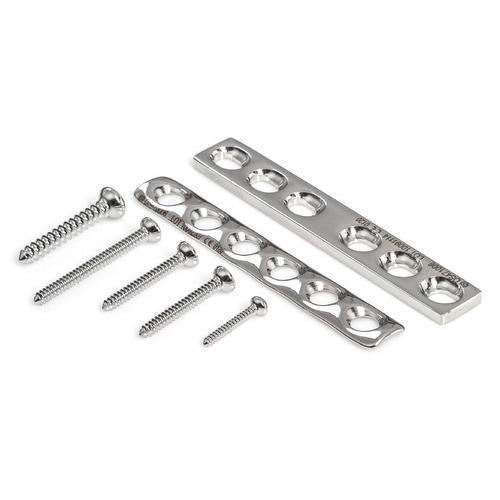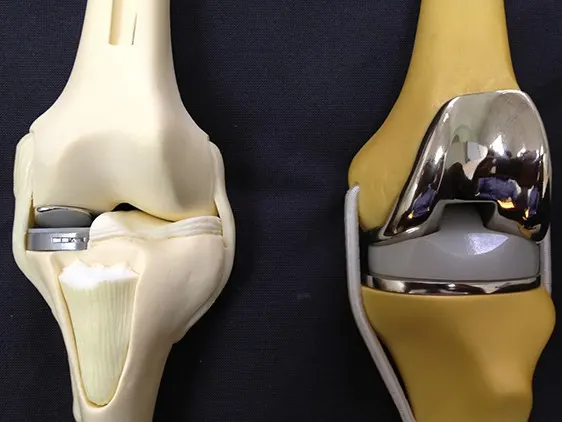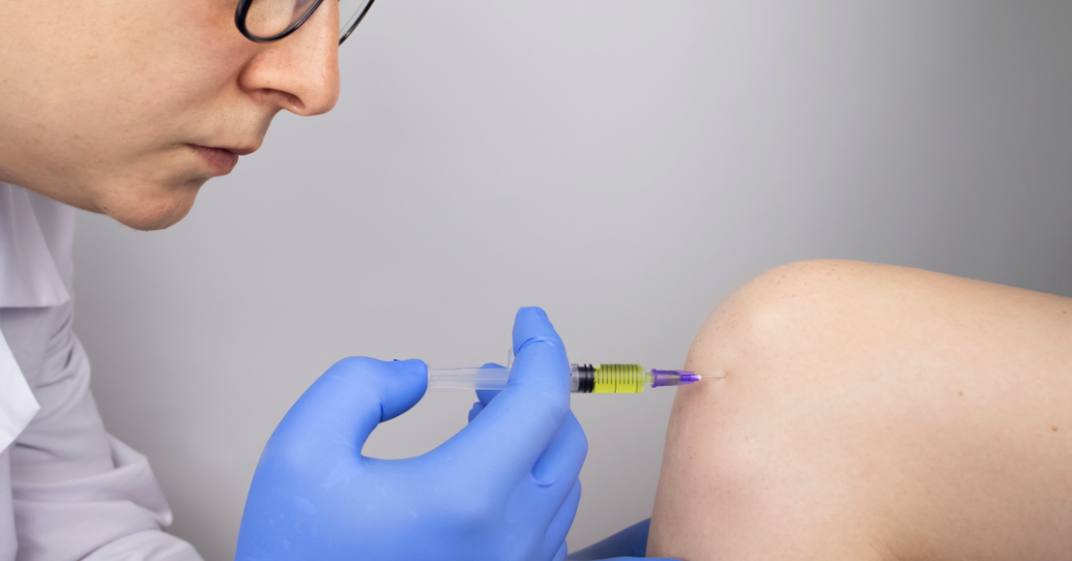Wearing a medical knee while sleeping
Suffering from knee pain is very annoying and may be due to many reasons, and the medical knee is one of the means used to relieve pain and the severity of symptoms. In the following article, we will learn important information regarding this topic, so let us read the following.
Wearing a medical knee while sleeping
Many doctors advise when wearing a medical knee brace that it be taken off before going to sleep and worn throughout the day only, but some more severe injuries require wearing it even during sleep periods, although it may cause discomfort to many people, it is good because it relieves the pain that they feel during sleep, protects the knee from trauma and speeds up its recovery process.
There may be many reasons why wearing a medical knee brace is a must during sleep periods, such as:
- The medical knee works to keep the knee joint stable to protect it from any wrong movements that may cause any serious complications, and it must be ensured that the joint is well fixed so that the ligaments are tightened well and at the same time it does not cause any excessive pressure on the knee area.
- Wearing a medical knee pad while sleeping is very important if the individual is not able to control his body movements during sleep, as this may lead to improper movements that may cause severe pain to the individual and may reduce the individual’s ability to sleep well.
Knee damage
Despite the many benefits of wearing a medical knee brace, many bad things may cause discomfort to many people, such as:
- Discomfort: Many individuals may feel heaviness in the knee as a result of the pressure of the corset on it, and this makes it in a state of discomfort, especially in the knee and leg areas, and it may be huge in such areas, and there may be intense heat emanating from that area that may cause it to slip.
- Irritation or swelling of the skin: This is due to the severity of the pressure of the medical knee on the area, as this may lead to irritation in the skin and it becomes reddened, and the individual begins to notice the appearance of swelling around the joint.
- Failure to achieve the desired result: Wearing a knee brace may not be able to adequately achieve the purpose required of it for many individuals, and for this reason, wearing it may become useless or useless.
- Joint stiffness: When using a knee brace on the affected leg, this may cause it to put pressure and load all the time on the healthy foot, which over time leads to stiffness in the knee joint due to not moving it for a long period.
- Increased knee pain: If the individual is not aware of the correct way in which he wears the knee brace, then this may backfire and increase the severity of the pain, and for this, it is better to test it initially under the supervision of a doctor to test its effectiveness because it may cause a delay in recovery rather than of speeding it up, and he must take instructions from the doctor regarding the possibility of wearing it while sleeping or driving a car and while doing some exercises.
- It is not suitable for all cases: According to the severity of the injury, the doctor determines whether or not wearing a brace is appropriate for him. One of those cases may be if the individual suffers from foot deformities, chronic venous insufficiency, or peripheral neuropathy, and each injury has a specific type of corset to be worn.
Types of knee braces
There are many types of knee braces and each has its use according to the patient’s condition and the symptoms he feels, and here are some of them:
- Medical compression knee brace: This type is one of the most widely used and widespread types of braces among many people, and it is very effective in reducing the pressure on the knee joint to reduce swelling and pain, and it is suitable for those who suffer from knee roughness and mild slip, and in addition to wearing it, care must be taken to adhere to the medications that the doctor prescribes well.
- Medical knee brace for the treatment of instability of the leg patella: It is one of the most durable and strong types of medical braces, and it is suitable in frequent cases of slipping of the knee patella or in the event of severe pain and symptoms.
- A preventive medical knee brace or protective knee brace: The use of this brace is more widespread among athletes because it provides adequate protection for the knee that prevents it from slipping or turning, and it is specially designed to provide appropriate care for the knee and be more flexible than other braces to make athletes move effectively, and it is preferable to use it more for those who have already suffered knee damage.
- Knee corset to redistribute weight: This corset is suitable in cases that suffer from erosion in the knee, as it works to distribute the pressure on the knee to other areas that are more bearable, and it is suitable in the case of those suffering from the roughness of the knee.
- Functional knee corset: This corset is a candidate in the event of a severe injury such as a rupture of the ligaments, and the doctor determines the period required to wear it according to the severity of the injury.
- Rehabilitation knee brace: It is used after performing surgeries in the knee area to limit its movement or when suffering a very severe injury, and it is not taken off until after complete recovery.
- Articular medical corset: It is used after performing surgeries and helps greatly in stabilizing the knee and leg and preventing stretching of the ankle ligaments as a result of spraining it, and it is equipped with a counter to control the range of motion of the knee.
Types of knee joints
There are many types of knee joints and they are divided according to their shape, function, and movement. Here is an example of each of them:
Types according to shape
Fibrous Joints
It is considered one of the fixed joints, which is also known as the immovable joint, and is located between the bones that are not flexible, and in this type of joint the bones fuse in a way that makes them fixed in place to form a solid bone structure, and examples of these joints are:
- The skull, which is a group of bones that are interconnected.
- the upper jaw.
- Rib cage.
- vertebral column.
- Pelvic bones.
There are two types of fibrous joints, namely:
- Suture: consists of a fibrous covering.
- Gomphosis: It is a movable fibrous-sphenoid joint.
Cartilaginous Joints
This is considered one of the types of joints that are partially mobile and includes the fusion of cartilage with the joints, and it is found in places where there is a fusion between the bones through cartilage. The cartilaginous fusion is a temporary cartilaginous joint present in children until they reach puberty.
Synovial Joints
It is considered one of the most widespread types of joints in the body and helps to move into a wider range this gets a supply of blood and nerves through the existing arteries, and this joint helps to complete many activities such as running, walking, and writing, and it is considered one of the most flexible and easy-to-move joints that can slide over each other and rotate, and this joint is found in many areas such as the shoulder, neck, wrist, and knee.
Types according to the job
Ball and Socket Joint
This type of joint is attached to one of the bones in a hollow space and is supported by the following things from rotational movement, forward and backward movement, and lateral movement and this type is found in both the thigh and shoulders.
Pivot Joint
This type of joint helps the bones to rotate in addition to the lateral and posterior movements in the neck area, in addition to turning in a limited way only.
Hinge Joint
This joint provides the ability to perform many movements such as going back and forth, bending, and straightening the movement, and is present in many areas such as the ankle, elbows, and knee. Elbows, fingers, and toes.
Saddle Joint
This joint is biaxial and allows a range of motion on two levels, such as flexion, extension, abduction, and approach, the thumb bone is the only one that contains this joint.
Condyloid Joint
It is considered a pivot joint and allows movement from top to bottom and from side to side, and it is found in many places such as the wrist and elbow.
Gliding Joint
It is the most common type of synovial joint that allows two or more flat or circular bones to move without any friction or fragmentation of the bones.
Types of joints according to movement
- Immovable joints: These is in the bones that are attached without moving, as is found in the skull bone.
- Partially mobile joints: This is when there are two or more bones joined together in a tight way that allows movement only in a limited range, such as the vertebrae of the spine.
- Movable joints: These include most types of joints that exist in the human body and make the range of motion very wide.
Knee straightening
Knee straightening is a surgery in which the shape of the bones is modified and their course is improved, such as in cases that suffer from bowed legs, where the operation is performed to improve the shape of the leg and correct the warp.
Knee orthoses are of various types and are widely available in the market. The most appropriate type is chosen according to the patient’s condition, and whoever determines this is the specialist doctor responsible for the case, as this helps to stabilize the knee, especially when performing surgeries in that area.




